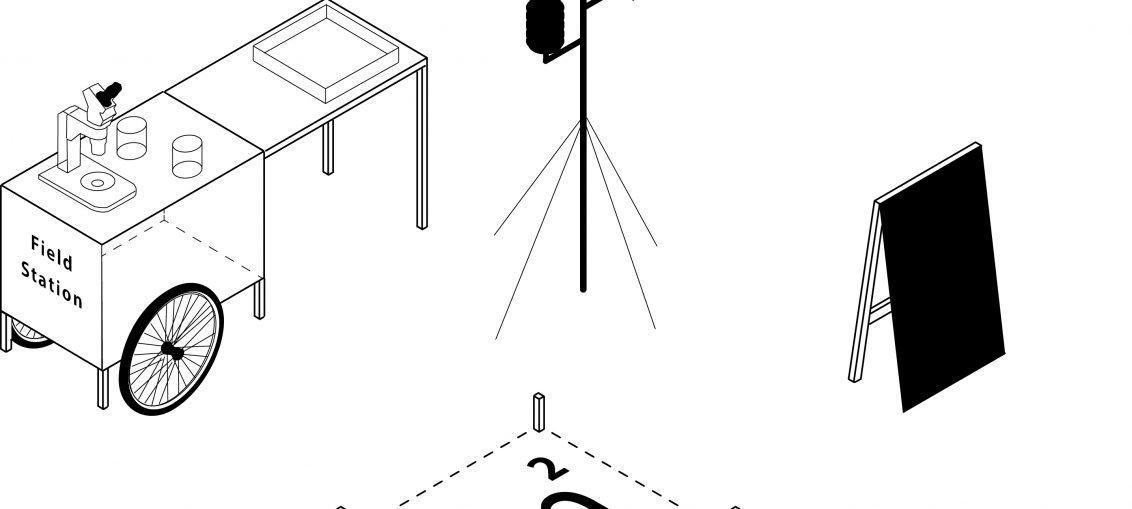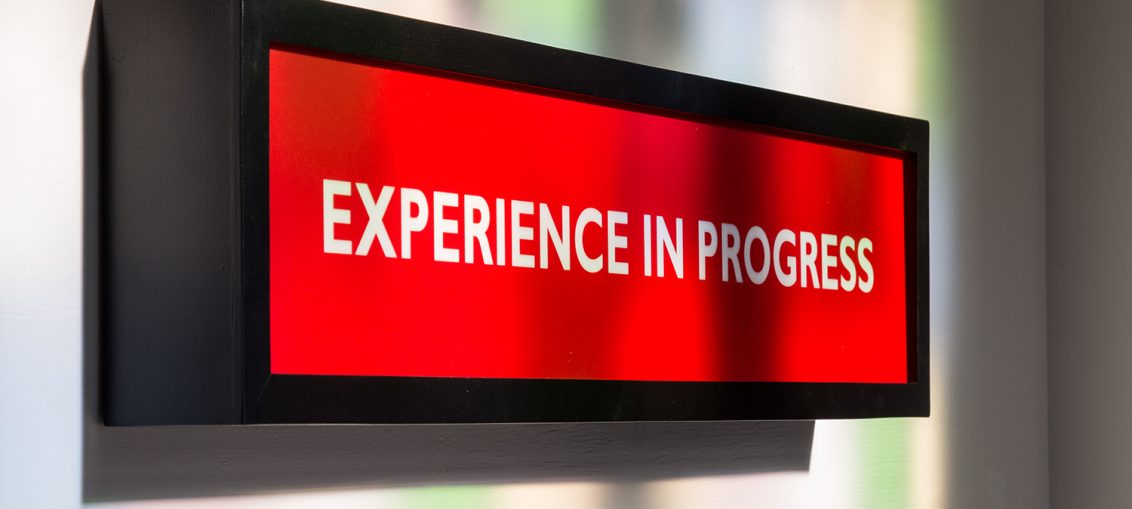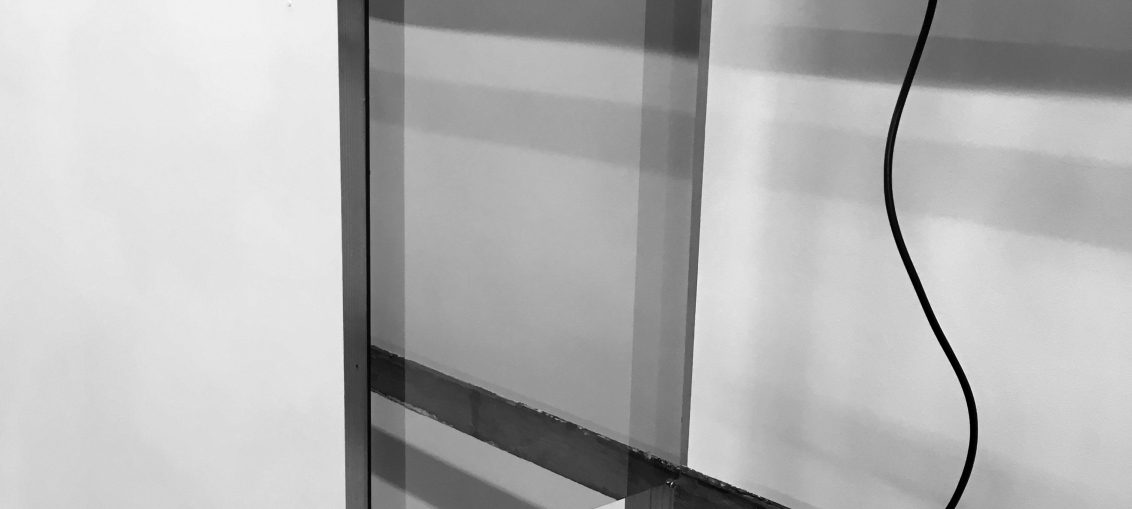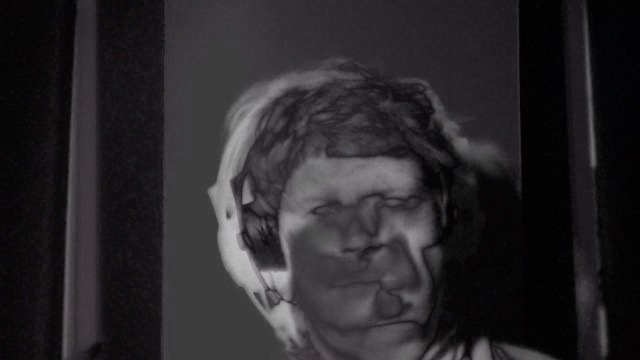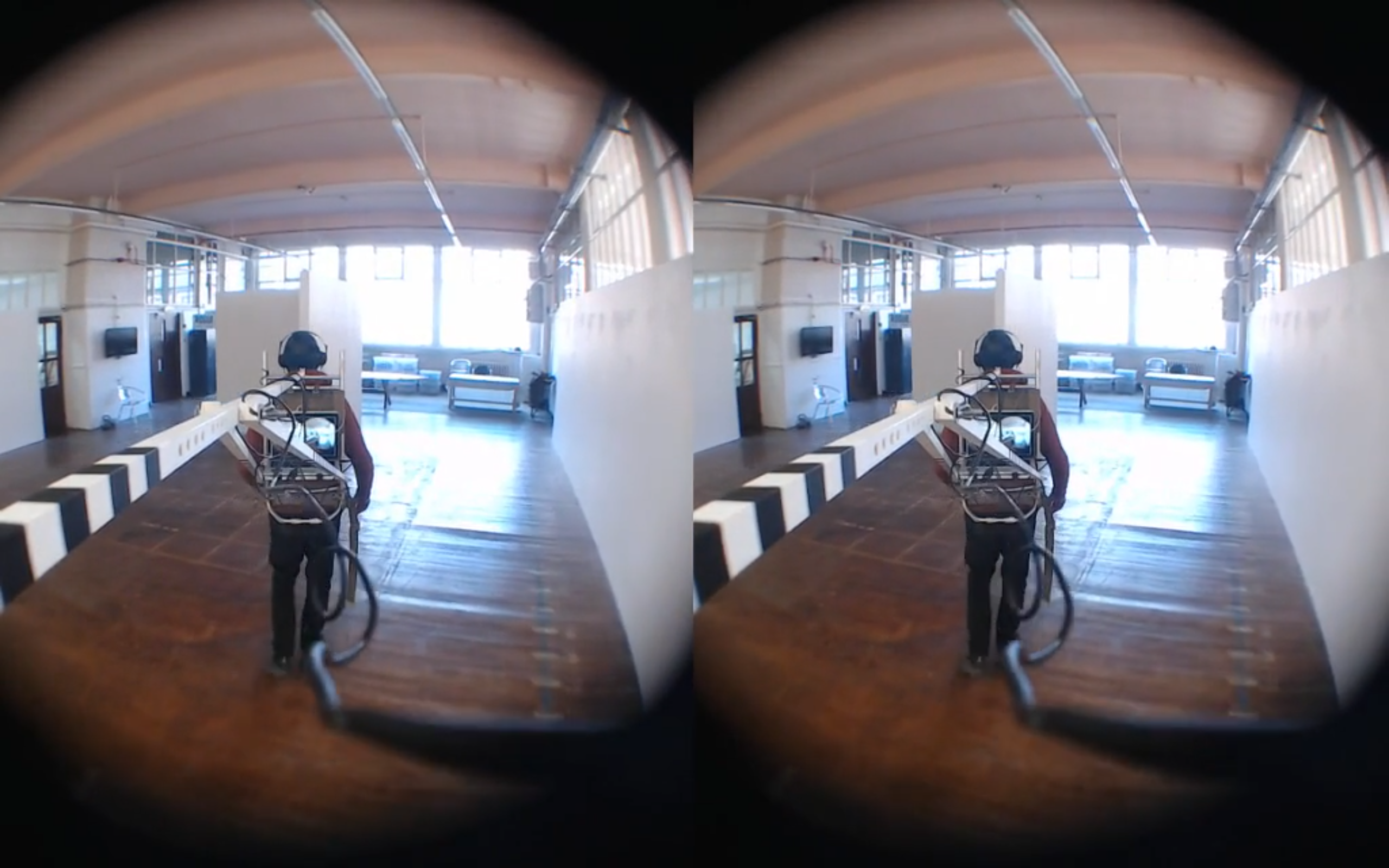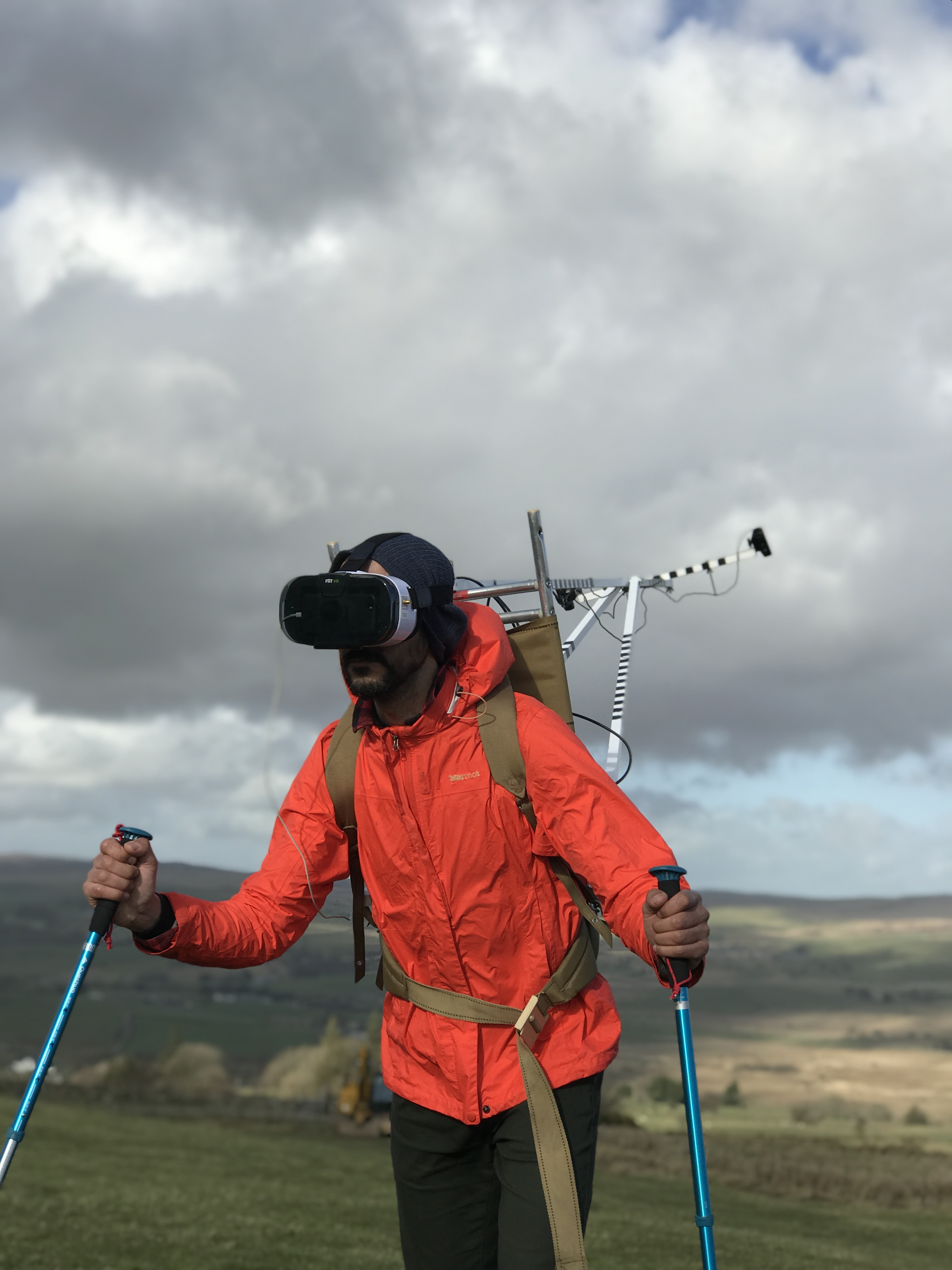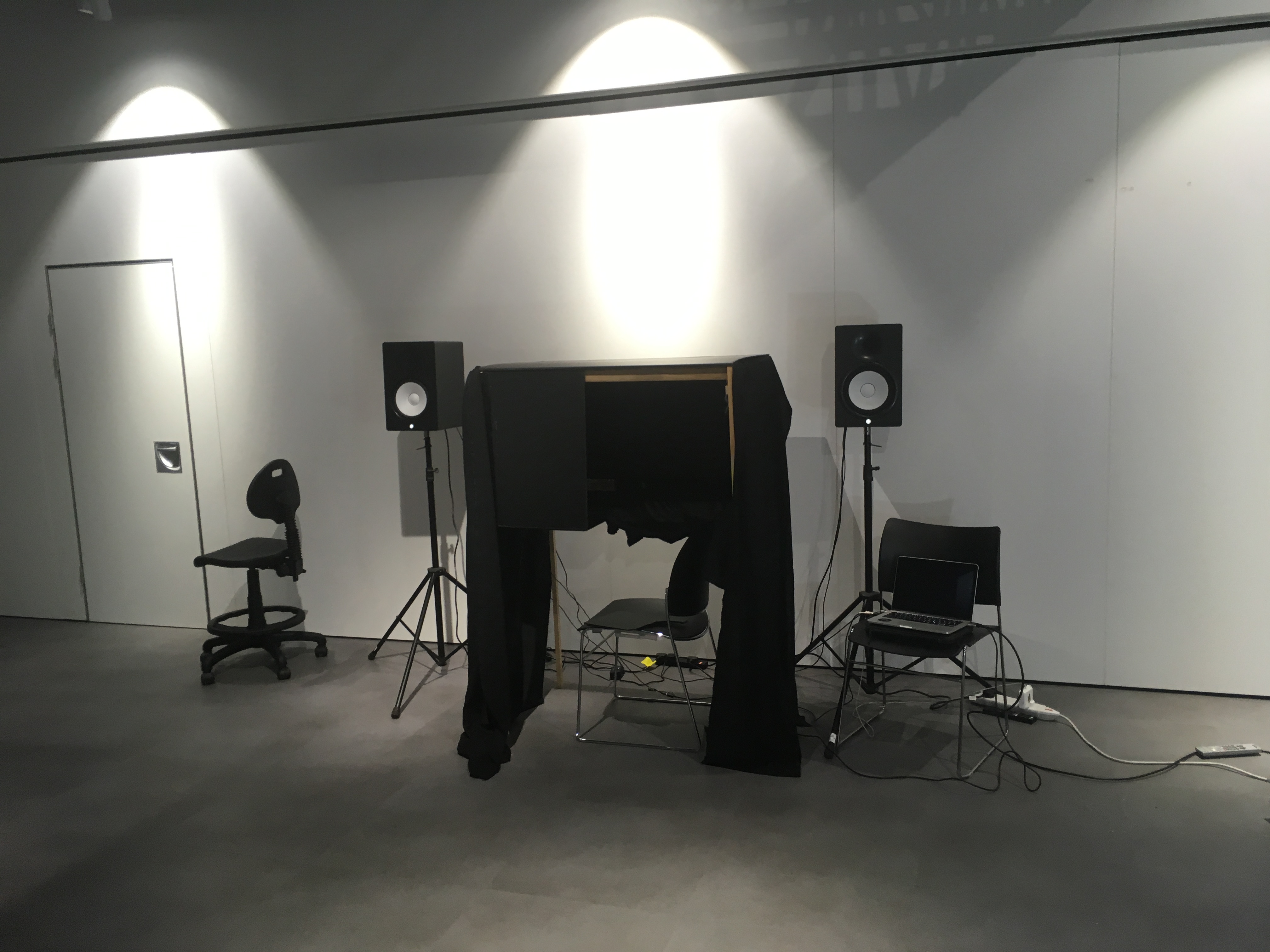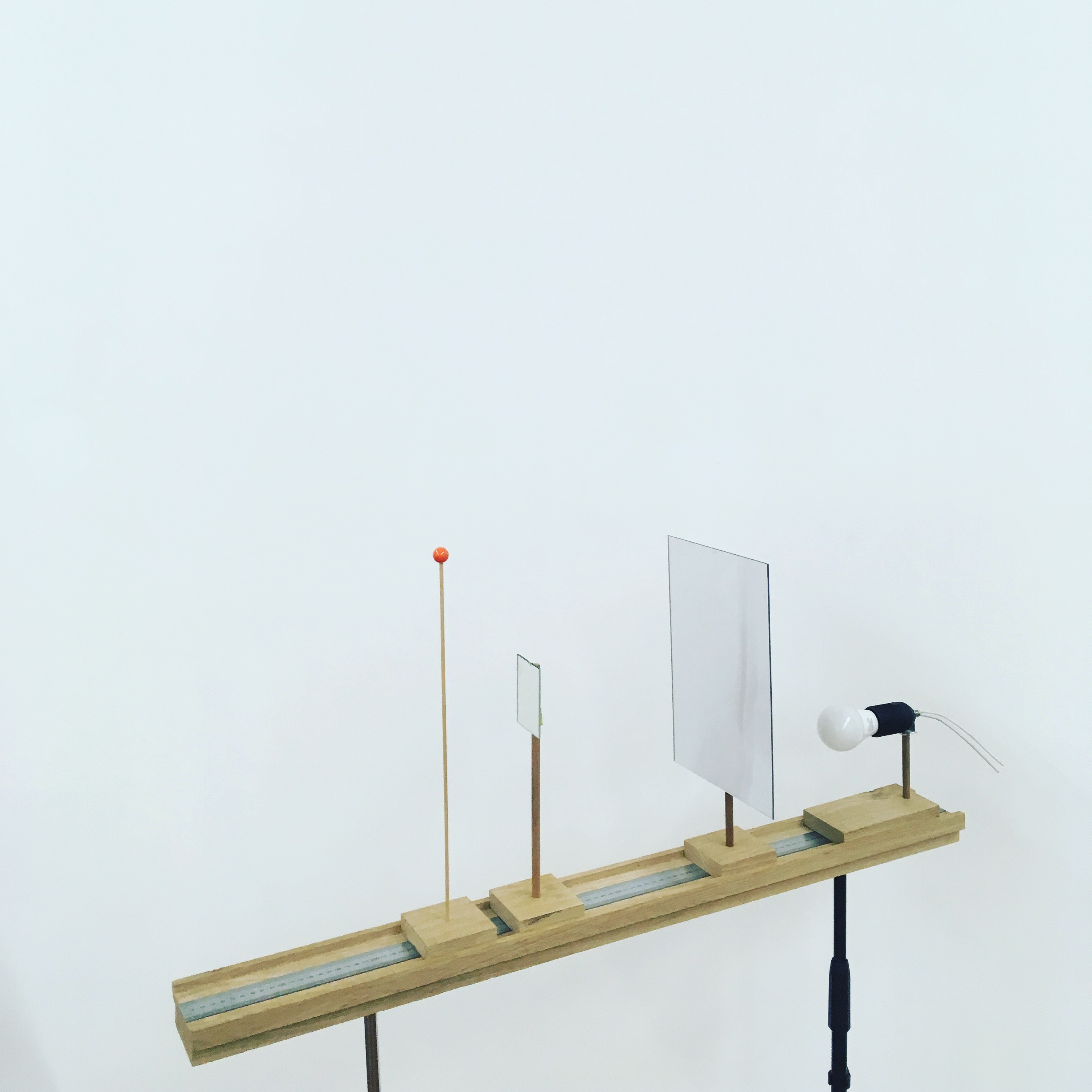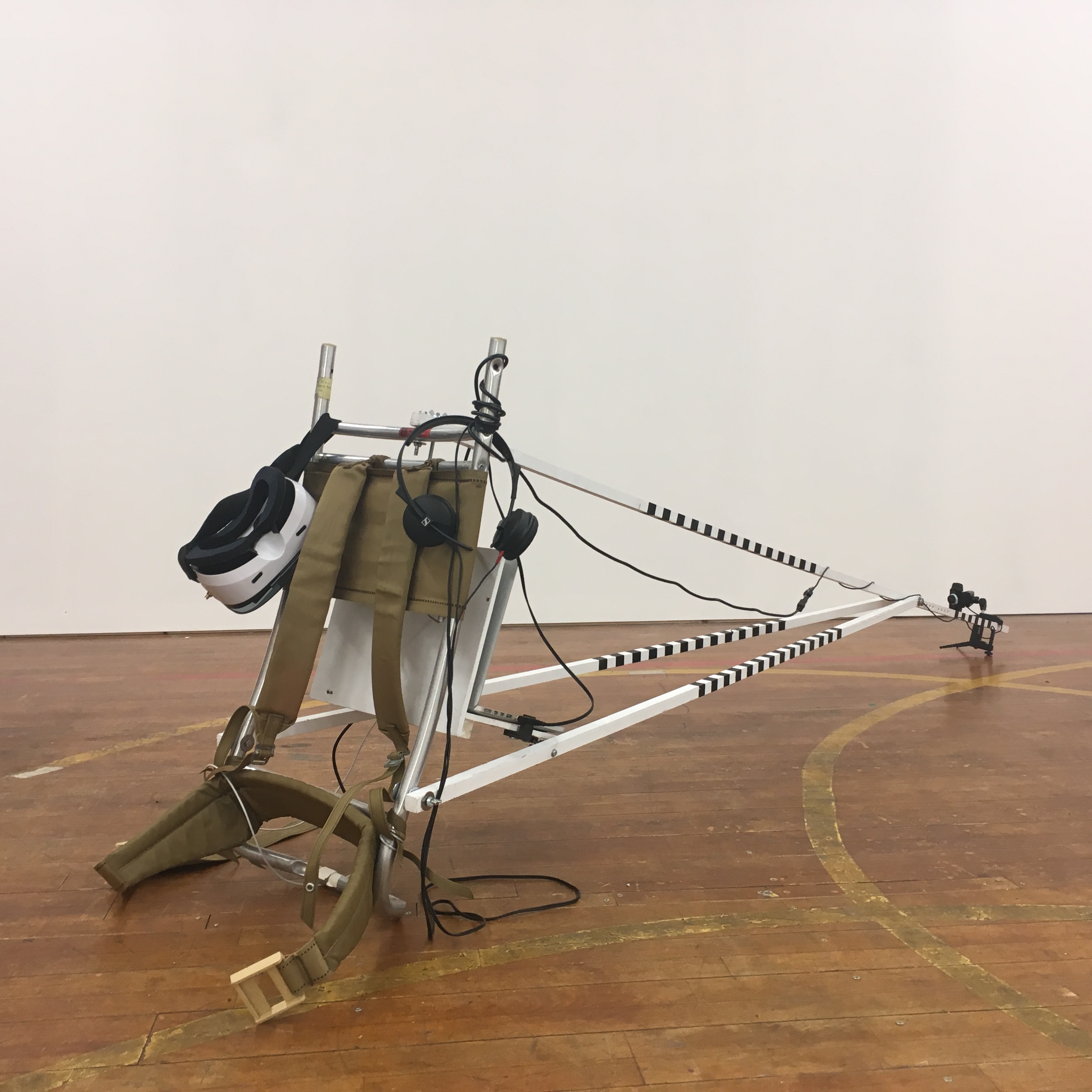Climate change awareness project with Manchester Art Gallery 2022
Tag: artworks
Experience in Progress Light Box
Electronic Taste Perception Experiment – Workshop
Materials: Arduino, electrical cables prototyping board cocktail glass [or other receptacles] 4mm copper tape, Water. Instruction: The diagrams give an outline of the electronic circuit required to create an electronic taste perception experiment in conjunction with the Arduino code. The circuit is created through the body via a fingertip and another electrode which is placed inside the glass, the circuit completed when the drink enters the mouth. The potentiometer adjusts the frequency of the signal which in theory can then simulate different kinds of taste. Notes: Experiment with different liquids and food types to see how the electrical signal augments different flavours. Note that foodstuffs with high moisture content are more effective such as a cucumber. The circuit could be easily modified to include
Seven Practical experiments
Images from 'Seven Practical Experiments' workshop as part of Sum total of all the actions at Rogue artists studios. 1: Feldenkrais - See notes on the inwardly generated image (by deformation of the eyeball) 2. Anomalous perception scale Spontaneous sensations 3: Action intention paradox [See developmental notes] Alien hand 4: Concerning the inwardly generated image [See notes on Ganzfeld variation 1] 5: You are the object of your own observation [See notes on the mirror gaze experiment] 6: You are the object of your own observation. Mirror Gaze experiments in near darkness. 6: Perception without object [The perception of spatial relationships in respect to the orientation of one's body despite distracting information] See notes on Ganzfeld variation 2 7. The permanent possibility of experience. An based on the experiments of Ernst Mach [Notes to come]
Concerning the inwardly generated image
Sum Total Of All The Actions 7
Sum Total Of All The Actions 6
Sum Total Of All The Actions 5
Sum Total Of All The Actions 3
Proximity day 1 experiment 1
Autoscope testing at studio
Autoscope prototype
Autoscope builds on laboratory-based simulations of out of body experiences; the portable device allows the participant to freely navigate the world, experiencing themselves in 3rd person, as part of the landscape via a live video feed to a head-mounted display. The visual mechanisms are important in this illusion, but tactile and sonic stimuli further strengthen the effects. Autoscopy can be described as the disembodied perception of seeing one own body from an elevated or distanced location outside the body. The phenomena of the ‘out of body experience’ during heightened states of heightened consciousness or near-death experience tend to have spiritual or shamanistic connotations, but in recent times science has done much to demystify this phenomenon, identifying the neural mechanisms responsible.
Action Intention Paradox
In this experiment, which is now renamed the 'Alien Hands Experiment' one participant [A] places their hands under a flat-screen monitor. They then see what seems to be their own hands under the screen when in fact these are someone else's hands [B] who is mirroring their actions. The effect can be quite uncanny especially if the appearance of the hand contrast with their own [in scale, age or colour. Participants work together to lead or mirror the movements of what appears to be their own hands under a screen. After a short time, participants experience strange sensations which oscillate between a loss of agency over their own hands and feeling agency over someone else's hands. Action Intention Paradox uses a
Mirror Gaze Box
A rapidly prototyped blackout box for the mirror gaze box, this is to create a dark space for the Mirror Gaze Experiment. Inside is an Infra Red LED spotlight and modified web camera. The camera films the participant in real time from behind a two-way mirror, as they experience the illusory effect of sensory deprivation. Mirror Gaze Box - prototype
Experience in progress
EXPERIENCE IN PROGRESS, 35x50mm badge in 60×80 Foil printed box, text insert and authenticity statement / signed edition of 100. [buy it here] I made this badge to celebrate a chance occurrence that has had a lasting effect on my work ever since. Back in 2006, I was working with electro-genic fish at the Centre des neuroscience [CNRS] near Paris. Frustrated and stuck, I went for a walk, aimlessly wandering the corridors. I noticed a sign on a laboratory door saying “Experience en cours” ( ‘experiment in progress’). I took this photo. Moments later on the way back, I found the door was ajar. I knocked on it and peeped in. I ended up having a fascinating conversation with a scientist
Meta-Perceptual Rail
The meta-perceptual rail is a linear track along which mount mirror apertures and other props and stimuli can be mounted. It is used for meta-perceptual experiments, testing the limits of visual and meta-perceptual experience. It can be used as an introspective device to explore metaphysical and somaesthetic questions of our experiences and location self in relation to the physical body. 'Such rails are typically made of wood and designed to be very stiff. The rail normally begins with a chin rest followed by a graduated grove extending from this point. This allows other features such as holders for perceptual stimuli, filters, apertures, mirrors and cameras to be bolted down and precisely shifted along the length of the rail.'
Autoscope backpack
My alloy backpack arrived and has proved perfect for the job of supporting a laptop and a 2m long boom. As an object, It certainly has a vintage feel and a clear aesthetic reference to Roman Signer. this seems entirely appropriate, something about the strangeness of the endeavour as well as the metaphorical notions of escape and travelling through the imagination.
